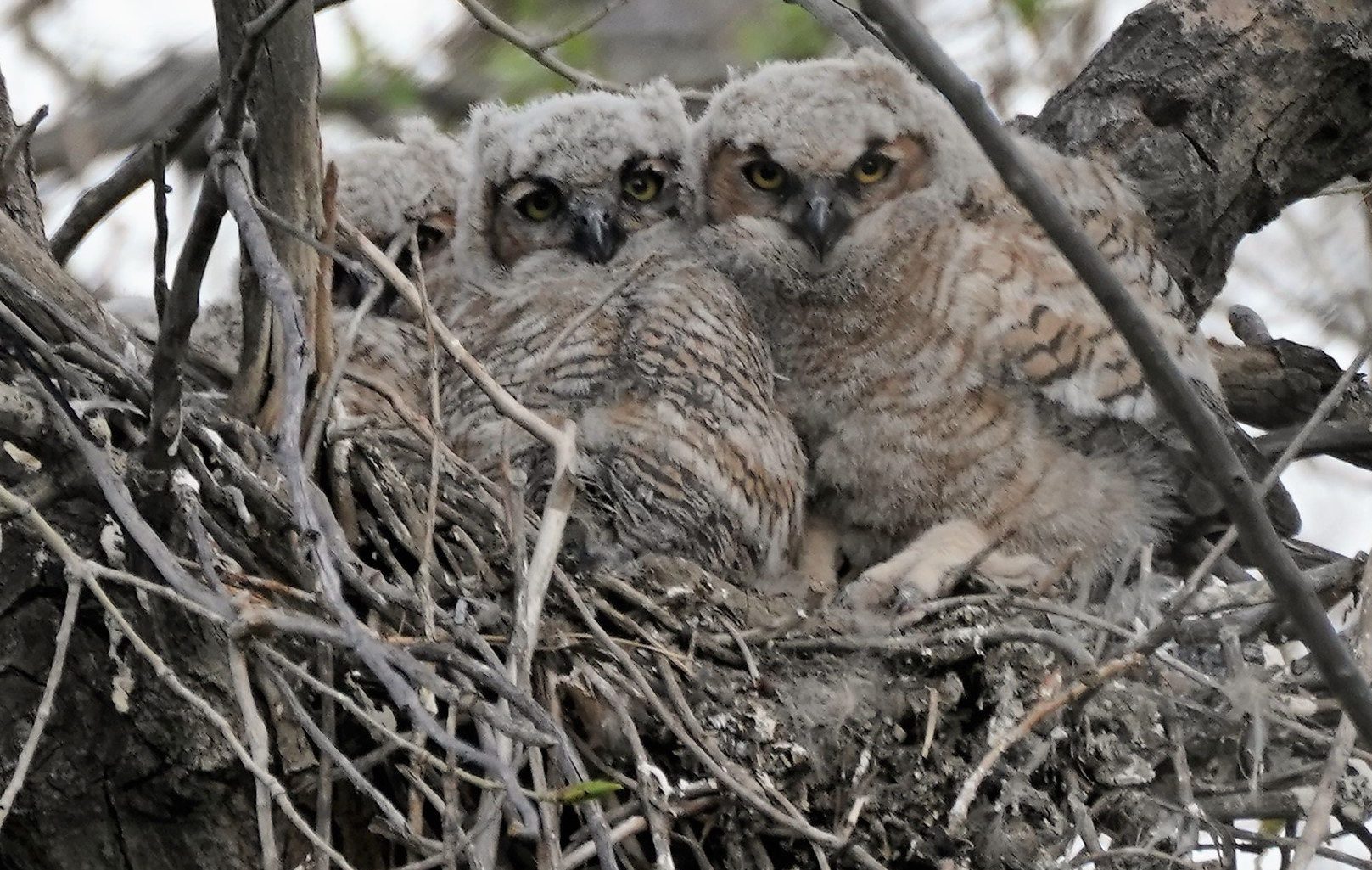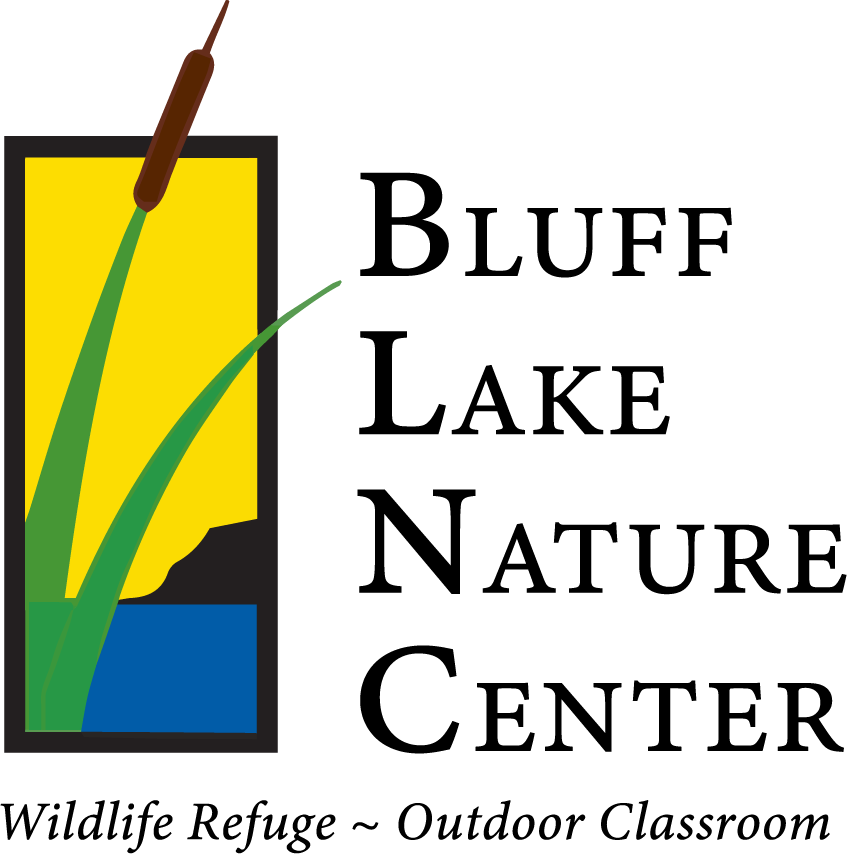
Outdoor Ethics
At Bluff Lake, we believe it’s important for visitors to have resources to understand and ask questions about our site use guidelines. Have you ever been frustrated that we ask you to leave your dog at home? Or wondered why we ask you not to step off the trail when taking family portraits? We promise that it isn’t fun for us to enforce these rules! We are just making sure this community works together to protect our wildlife. Read on for explanations about the environmental impacts we can make without realizing it. These topics will also be coming soon as educational signs posted along some of the Bluff Lake trails.
Why Do We Stay on the Trail?
Featuring original artwork by Christopher Imhof for Bluff Lake
The Snowball Effect
If one person leaves the trail and walks through a wildlife habitat, other people are much more likely to follow that same path.
This small action may be repeated again and again, creating more and more new "social trails" (unplanned paths that were never meant to be there)
Growing social trails disturb the habitats that they cross, harming more and more animals and plants.
Creek Erosion
Walking near a creek's banks speeds up erosion by breaking up soil and destroying the plants whose roots normally hold soil in place.
Soil erodes into the creek, and as a result, too many nutrients are added, temperature gets too high, and dissolved oxygen levels drop.
Fish are stressed, harmful blooms of algae are more likely, and aquatic life is threatened.
Habitat Fragmentation
Habitats become fragmented (or broken up) when humans create their own trails through a natural area, splitting the land into smaller pieces.
The animals that live here can no longer move safely from place to place within their original habitat.
This creates a more stressful and dangerous living situation, and animals may even leave the area.
Game Trails
Game trails are routes that animals use over and over, eventually making a narrow, winding path of crushed plants.
If people use a game trail, animals become stressed, stop using the trail, and may even leave the area.
The only trails meant for people are the ones on the map. These are wide, clear of hanging branches, and usually marked by human-made material such as gravel or stones.
Vegetation Loss
Areas of vegetation (plants) die when people walk on them again and again.
It is especially difficult for plants to grow back in the same area, because the soil gets too compacted (squished down tightly)
Compacted soil cannot absorb water very well, and without any plant roots to hold it in place it erodes quickly. This harms aquatic life in nearby lakes and streams.
Questions or Comments?
Please contact Bluff Lake Natural Resource Director, Tess Robeson, at tess@blufflake.org





